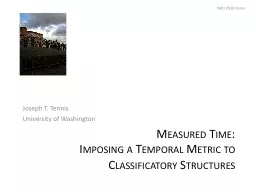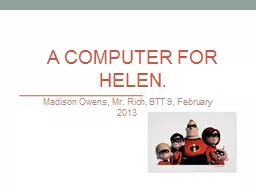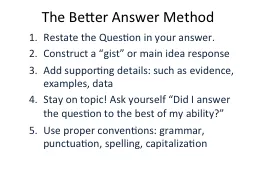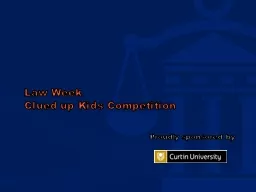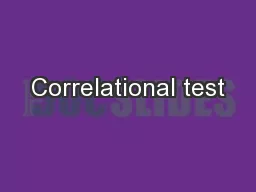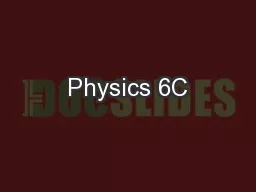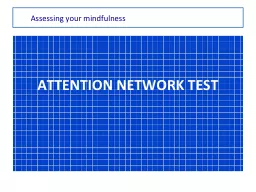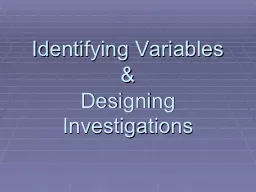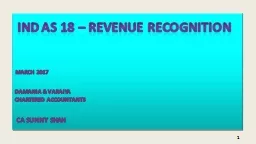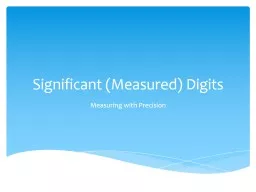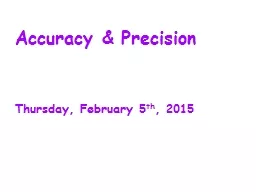PPT-Measured Time:
Author : liane-varnes | Published Date : 2016-03-03
Imposing a Temporal Metric to Classificatory Structures Joseph T Tennis University of Washington ISKO 2010 Rome Measured Time Imposing a Temporal Metric to Classificatory
Presentation Embed Code
Download Presentation
Download Presentation The PPT/PDF document "Measured Time:" is the property of its rightful owner. Permission is granted to download and print the materials on this website for personal, non-commercial use only, and to display it on your personal computer provided you do not modify the materials and that you retain all copyright notices contained in the materials. By downloading content from our website, you accept the terms of this agreement.
Measured Time:: Transcript
Download Rules Of Document
"Measured Time:"The content belongs to its owner. You may download and print it for personal use, without modification, and keep all copyright notices. By downloading, you agree to these terms.
Related Documents

